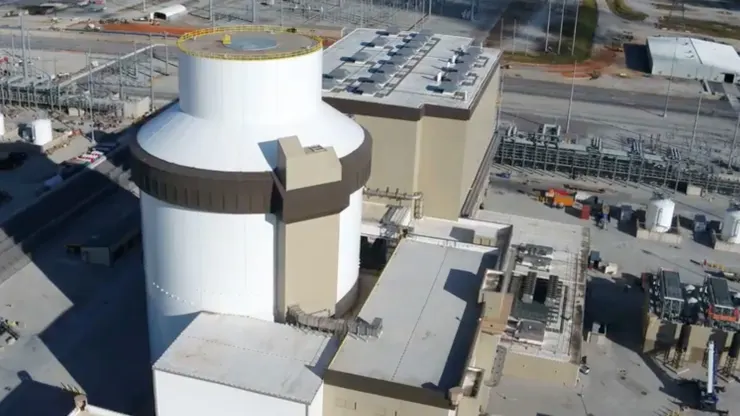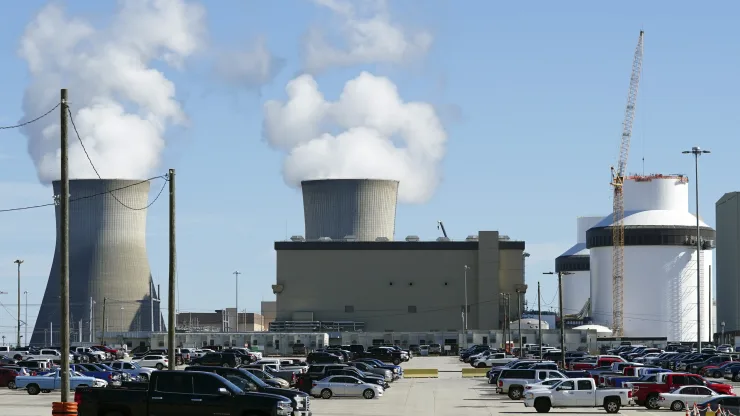America’s first new nuclear reactor in nearly seven years

A reactor at Plant Vogtle near Waynesboro, Georgia, has started commercial operations, Georgia Power announced on Monday.
There will be no greenhouse gases generated by the reactor, which will provide clean energy to an estimated 500,000 homes and businesses.
Last time a nuclear reactor delivered electricity to the power grid was in October 2016, when the Tennessee Valley Authority’s Watts Bar Unit 2 began commercial operation.
In nearly seven years, a new nuclear reactor began supplying electricity to the electric grid in the United States on Monday. As a result of nuclear energy, there are no greenhouse gas emissions that contribute to climate change.
Georgia Power announced on Monday that unit 3 of Plant Vogtle near Waynesboro, Georgia, has begun commercial operation. March’s preliminary tests were followed by this one.
Approximately 1,110 megawatts of energy are generated by the reactor, a Westinghouse AP1000, which can power 500,000 homes and businesses, Georgia Power said.
According to Scott Burnell, a spokesperson for the Nuclear Regulatory Commission, the last time a nuclear reactor was commercially operated was in October 2016, when the Tennessee Valley Authority began operating Watts Bar Unit 2 near Spring City, Tenn. Since Watts Bar 1 was turned on in May 1996, there had not been a new nuclear reactor.
In a statement, Georgia Power CEO Kim Greene said the unit 3 power reactor will deliver electricity to customers for 60 to 80 years.

This milestone is being celebrated by the nuclear industry.
The commercial operation of Vogtle Unit 3 marks a significant achievement for the U.S. nuclear energy industry and a milestone in advancing global clean and reliable energy solutions, according to Maria Korsnick, CEO of the Nuclear Energy Institute, an industry advocacy group. This Westinghouse AP1000 advanced reactor is helping to shape the future energy landscape, and we are thrilled to witness its successful deployment.”
It is a massive undertaking to build one of these reactors.
The construction of Vogtle 3 and 4 began in June 2009, took much longer than expected, and cost much more than expected, according to a Columbia University piece published Monday.
According to initial estimates, both reactors would cost $14 billion, and they would be able to power up between 2016 and 2017. Matt Bowen, Rama T. Ponangi, and Andrew Evans from Columbia University said that the costs have ballooned to $30 billion so far, and unit 4 hasn’t been turned on yet.
The Columbia energy analysts say some delays resulted from construction beginning before the design was complete. There will be no such struggle with new builds of the AP1000.
The construction timeline and budget woes at Vogtle have been a drag on the nuclear industry, which is actively trying to reinvent itself after a decades-long slump.
The majority of nuclear energy in the United States was generated during the 1970s and 1980s. As a result of the nuclear reactor accident at Three Mile Island in 1979, public sentiment toward nuclear energy plummeted in the United States. During the last two decades, the nuclear construction industry has been in the doldrums, according to the industry’s trade association, the World Nuclear Association.
